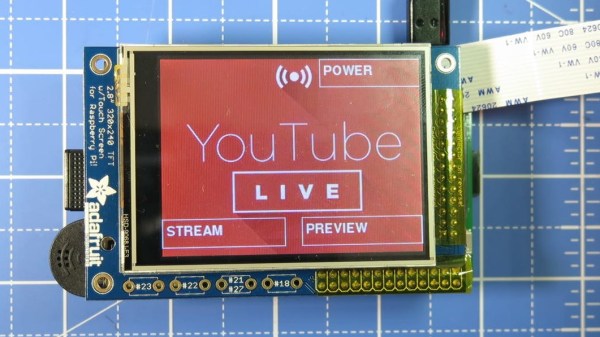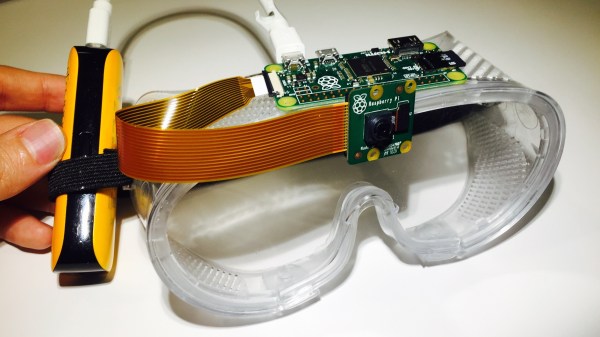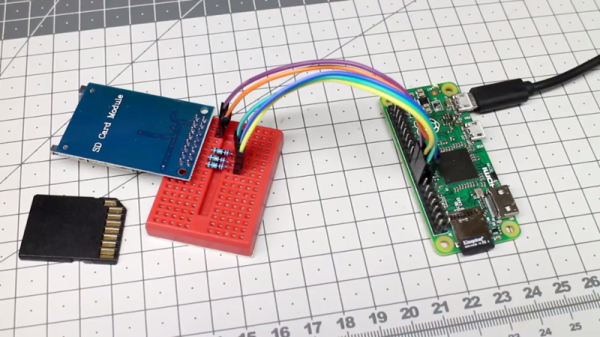YouTube has the ability to do live streaming, but [Tinkernut] felt that the process could be much more straightforward. From this desire to streamline was born the Raspberry Pi based YouTube live streaming camera. It consists of a Raspberry Pi with some supporting hardware and it has one job: to make live streaming as simple as pointing a box and pressing a button. The hardware is mostly off-the-shelf, and once all the configuration is done the unit provides a simple touchscreen based interface to preview, broadcast live, and shut down. The only thing missing is a 3D printed enclosure, which [Tinkernut] says is in the works.
Getting all the software configured and working was surprisingly complex. Theoretically only a handful of software packages and functionality are needed, but there were all manner of gotchas and tweaks required to get everything to play nice and work correctly. Happily, [Tinkernut] has documented the entire process so others can benefit. The only thing the Pi is missing is a DIY onboard LED lighting and flash module.





















